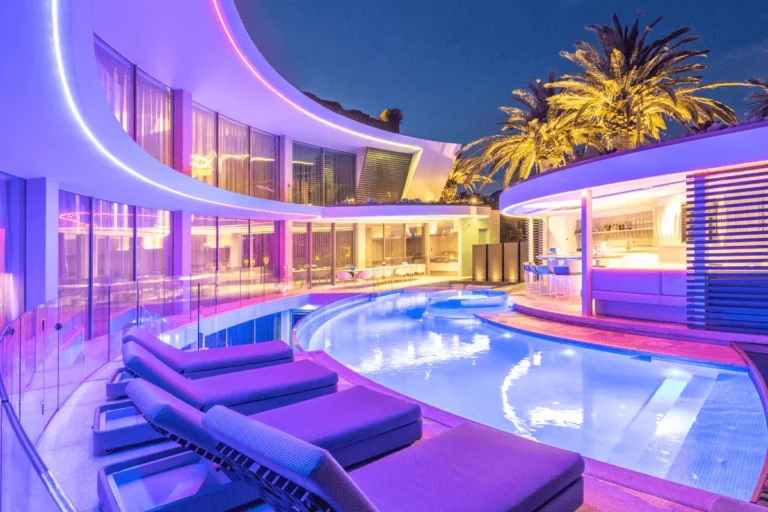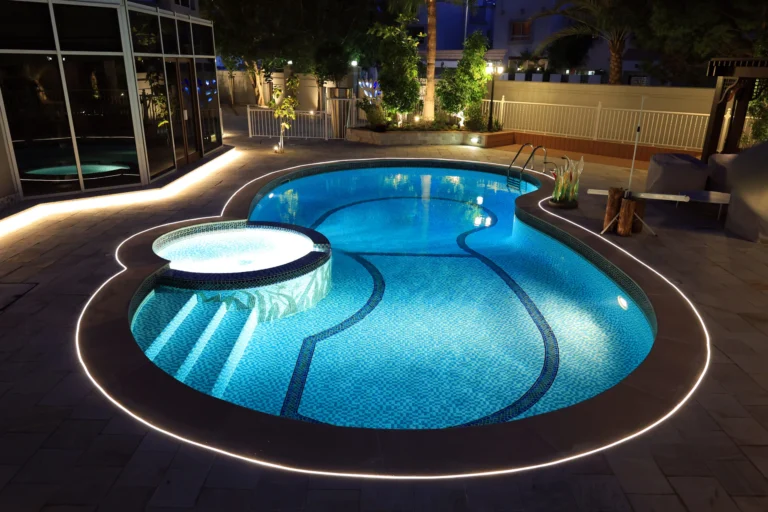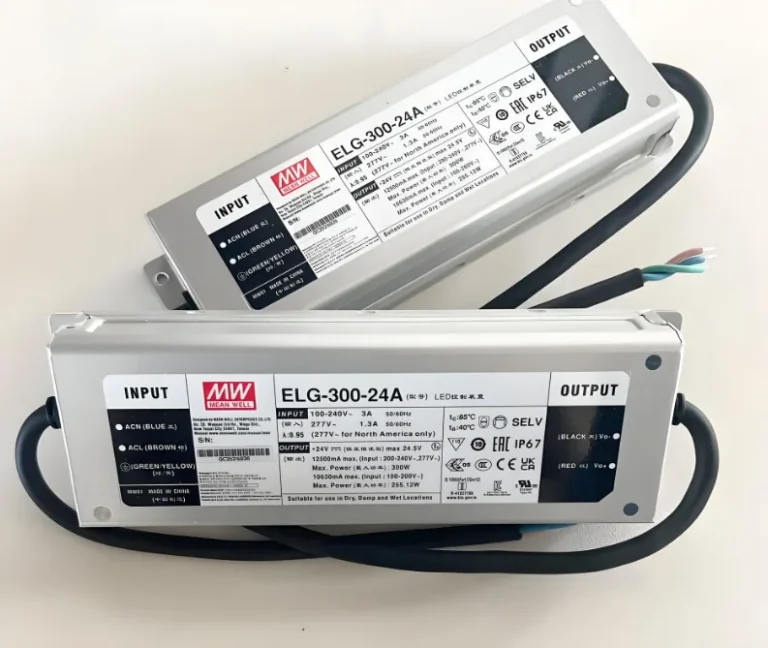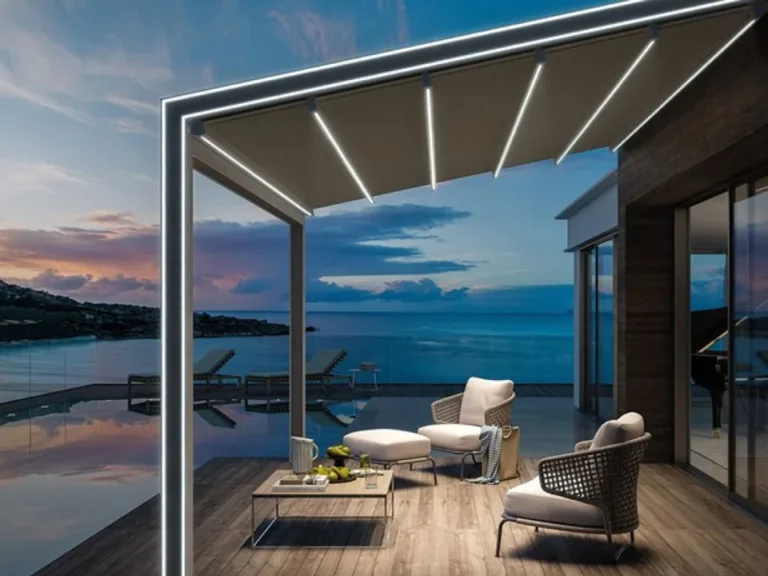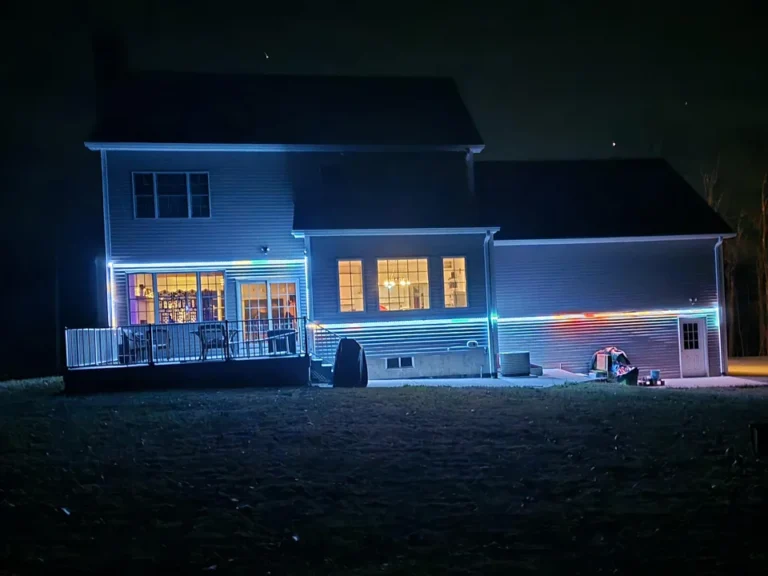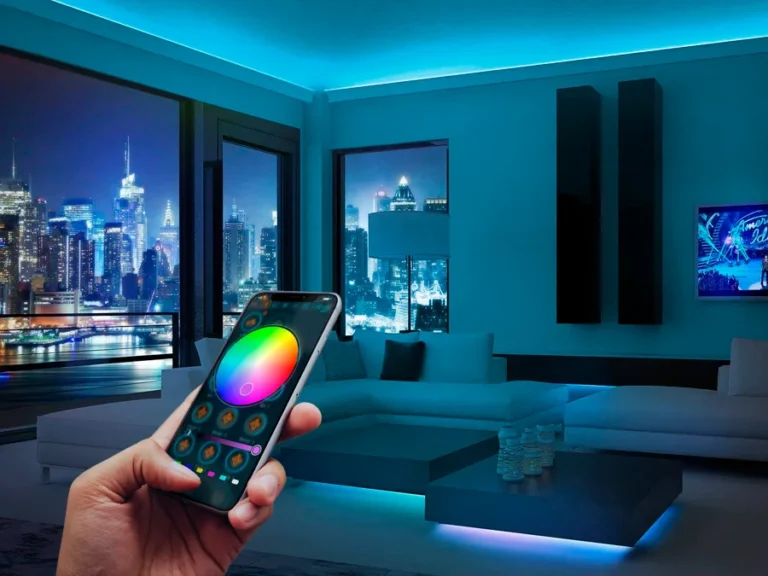Understanding waterproof IP ratings is critical when choosing LED strip lights for your lighting project. These ratings determine how well a product protects against solids and liquids and affect its suitability for use in different environments. One thing to consider when purchasing LED strips is whether or not they are waterproof. There are many types of waterproof LED strips on the market, so it’s important to know which type is best for your needs.
Whether you are installing waterproof LED strips outdoors or need weatherproof lighting for indoor applications, knowing the difference between the multiple IP ratings can help you make the right purchase and ensure your overall safety when using LED strip-related products.
What is a waterproof IP rating?
The IP (Ingress Protection) rating system, developed by the International Electrotechnical Commission (IEC), indicates the level of protection of equipment against the ingress of liquids and solid objects. The IP rating indicates the effectiveness of the enclosure of an electrical device in preventing the ingress of foreign objects such as liquids, dust, accidental contact, and moisture. Ingress Protection (IP) measures the resistance of equipment to water and solids.
The IP rating consists of two numbers, such as IP68, where the first number indicates the dust protection rating, ranging from 0 to 6, which refers to the level of protection against solid objects and moving parts such as dust, debris, or other solid matter, and the second number indicates the water resistance rating, ranging from 0 to 8, which indicates the level of protection against liquids and moisture. The higher the number, the greater the protection.
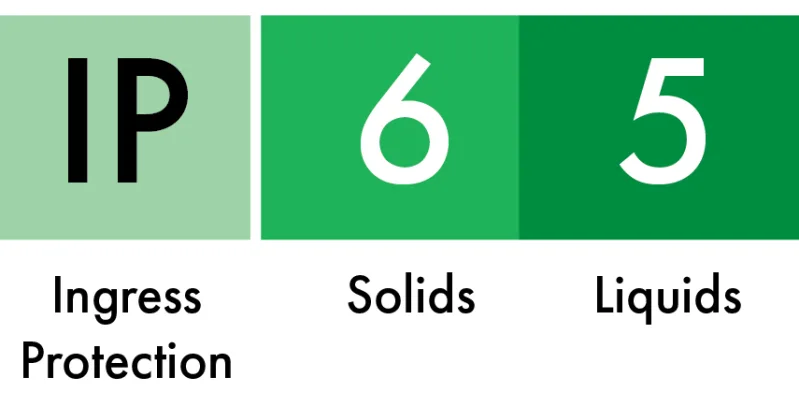
For LED light strips, the waterproof performance is crucial because moisture may cause short-circuiting and damage to the LED beads, thus shortening the service life of the strip. Therefore, knowing the IP waterproof rating can give us a clear idea of the waterproof reliability of LED light strips in different environments.

In order to make an informed decision, you must familiarize yourself with the IP rating table, which lists the level of protection against solids and liquids. Please review the table below to better understand the IP rating for each number:
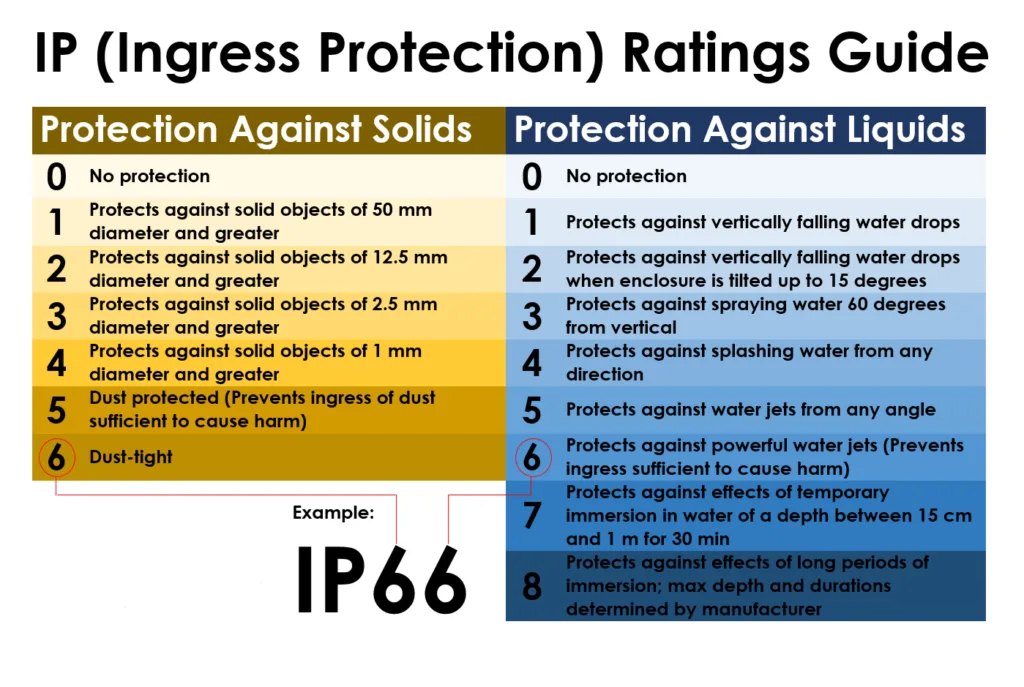
Five Common Waterproof IP Ratings for LED Strip Lights
There are five common waterproof ratings for LED strips: IP20, IP54, IP65, IP67, and IP68. Beginners may not know which one to choose, but the rating you need depends on how you use the LED strip. If you use them for indoor decoration, then an IP20 rating will suffice.
For more information on how to choose waterproof LED strip lights for beginners, check out the blog: 6 Steps to Choose Outdoor Waterproof LED Strip Lights
1. IP20: Basically not waterproof
IP20-rated LED strip lights only protect against objects larger than 12mm and offer little protection against water and dust.
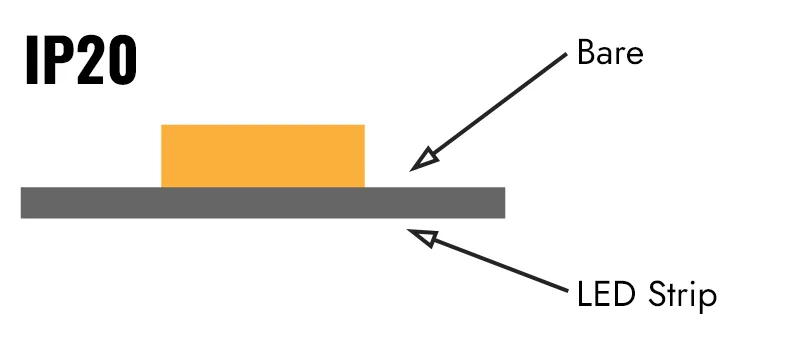
This IP20 LED strip is generally suitable for indoor environments that are completely dry, dust-free, and not affected by water vapor, such as ceilings in homes, inside closets, etc. Due to the lack of waterproof measures, it is relatively inexpensive and easy to install, usually directly pasted on a flat surface.
2. IP54: Splash-proof
IP54-rated light strips can prevent the entry of objects larger than 1 mm in diameter and, at the same time, protect against water drops falling vertically from a range of 15 degrees.
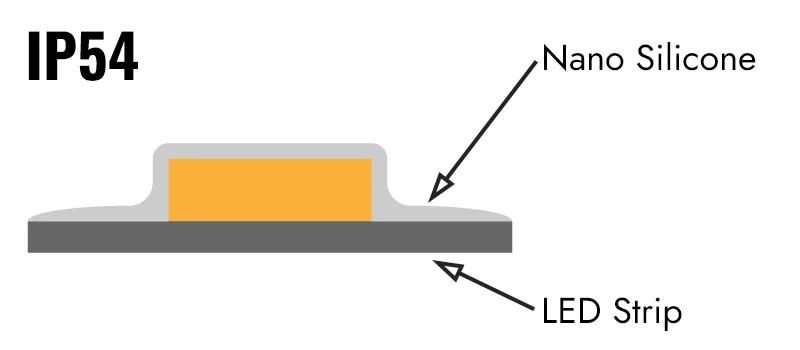
This strip can be suitable in some indoor environments where there may be occasional minor splashing of water droplets, such as localized lighting in kitchens that are close to sinks but not subject to direct drenching.
Its protection is relatively limited, and the price is not too much higher than IP20, although care needs to be taken to avoid the light strip coming into direct contact with large amounts of water during installation.
3. IP65: Waterproof against splash and short-time immersion
IP65 is one of the more commonly used waterproof ratings. Among them, “6” means that it is completely dustproof, which can effectively prevent dust from entering; “5” means that it can protect against low-pressure water spray from any direction.
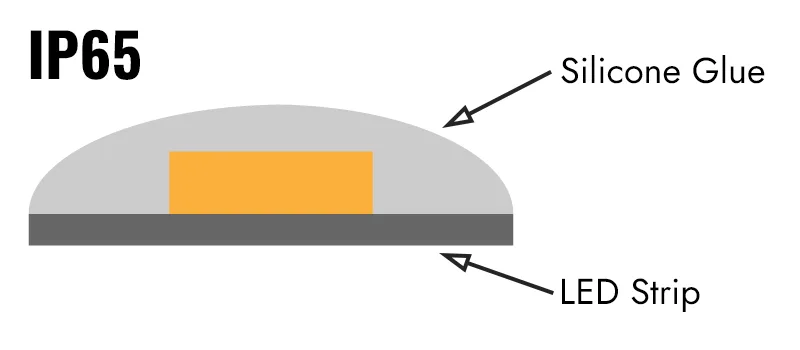
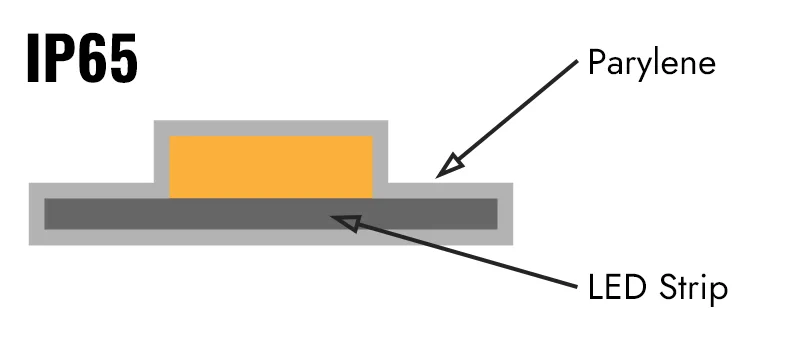
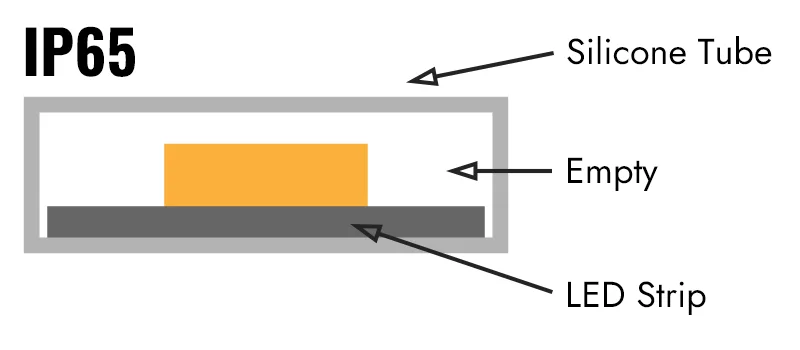
This means that IP65-rated LED strips are suitable for use in a wide range of indoor and outdoor environments, such as indoor toilets, near showers (non-directly sprayed areas), as well as outdoors under eaves and in corridors. Light strips with this rating are often designed with special sealants or waterproof coatings to protect the internal circuitry and light beads.
In terms of price, it will be a bit higher compared to IP20 and IP42, and some extra protection may be required during installation, such as using waterproof connectors to connect the light strip.
4. IP67: Water immersion
IP67-rated LED strips are fully dustproof and can be immersed in water up to 1 meter deep for up to 30 minutes without being affected.
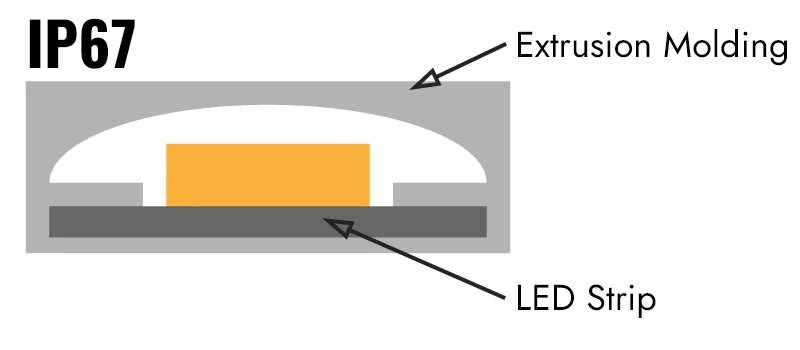
This type of strip is suitable for environments with high humidity or where water may occasionally flood, such as around fountains, swimming pool bottom lighting, aquariums, and so on. In order to achieve this waterproof level, the light strip usually adopts a fully sealed structural design, where the lamp beads and circuits are sealed inside a housing made of waterproof adhesive or special materials.
Due to its high waterproof performance requirements, IP67 light strips are relatively expensive, and the installation process is more complicated, which needs to ensure the sealing of each connection part.
5. IP68: Deep waterproof immersion
IP68 is the highest waterproof grade, not only completely dustproof but also able to work normally in the depths of more than 1 meter underwater for a long time of immersion.
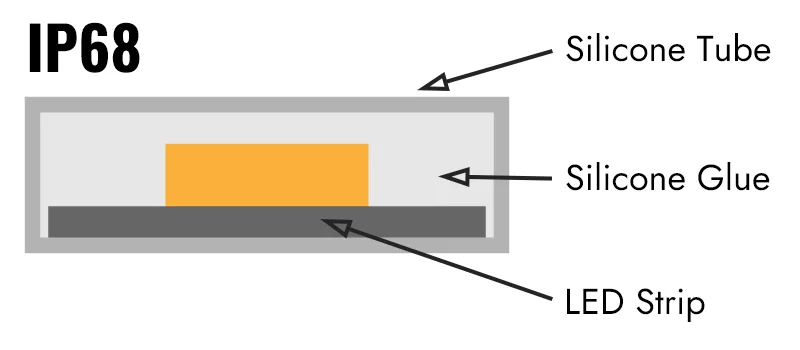
IP68 grade is suitable for some special environments that require high waterproof requirements, such as deep-sea lighting equipment, long-term submerged in the water landscape decoration, etc. IP68-grade LED strip lights are very strict in the selection of materials and manufacturing processes to ensure their excellent waterproof performance.
Of course, the price of these strips is also the highest, and professional operation is required during installation and maintenance to ensure that their waterproof performance is always in the best state.
What is the difference between IP65, IP67, and IP68?
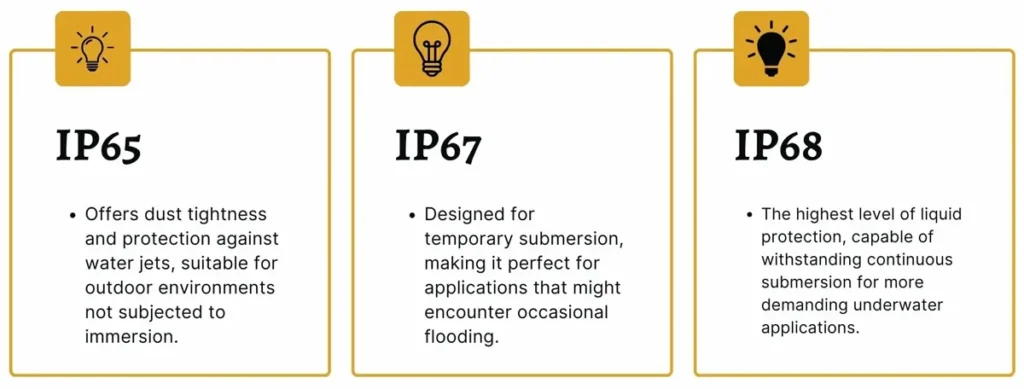
The differences between the common IP65, IP67, and IP68 LED strips are small but very important. Using the previous IP rating chart as a guide, we can see that all LED strips have the highest level of protection against solids and dust, and different LED strips have protection against liquids.
IP65 = The LED strip is resistant to low-pressure water flow from all directions. The top of the strip (including the PCB, LEDs, and resistors) is coated with a thick layer of silicone.
IP67 = The LED strip is resistant to the effects of immersion from a depth of 15 cm to 1 m. The IP67 strip is completely encapsulated in a silicone sleeve with additional glue seals on both ends.
IP68 = The LED strip protects against prolonged immersion in water of more than 1 meter. This submersible strip is suitable for installation in areas where prolonged immersion in water is required. IP68 strips are fully encapsulated in a silicone extrusion with internal glue seals at both ends.
What IP rating do you need?
The IP rating is one of the most important factors to consider when choosing lighting, especially outdoor lighting. It’s a good idea to compare a high rating with a low rating before making your choice.
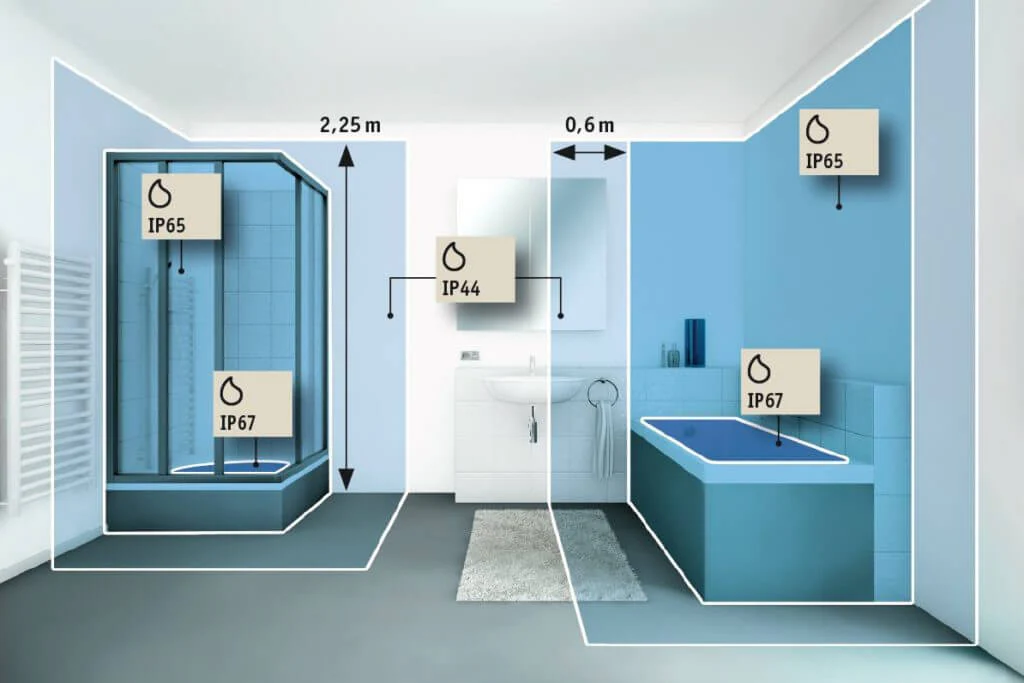
If you don’t anticipate extremely dusty or humid environments, then a lower IP rating will suffice. Where there is a lot of dust, debris, or potential contact with any solids or liquids, you will need to ensure that the IP rating is high and that the LED strip has an adequate waterproof or water-resistant coating.
For more waterproof LED strip light options and applications, please refer to the blog: 5 Best Outdoor LED Strip Lights for Different Applications
Indoor Environments
Dry areas: For general lighting decorations such as living rooms and bedrooms, IP20 or IP54-rated strips are usually sufficient. They are affordable, meet basic lighting and decorative needs, and are easy to install without the added cost and difficulty of complex waterproof structures.
Wet Areas: For places like bathrooms and kitchens that are prone to water vapor and splashes, it is recommended to choose IP65-rated LED light strips. It can effectively resist water vapor and occasional splashing to ensure the normal use and life of the light strip.
Outdoor Environment
Semi-open places: Such as courtyards, balconies, corridors, etc. These places may be subject to rain splashes but will not be immersed in water for a long period of time. IP65-rated light strips are well adapted to such environments, providing reliable lighting and decorative effects.
Areas close to water sources or that may be flooded by water: Such as fountains, ponds, and swimming pools, should choose IP67 or even IP68-rated LED light strips. These light strips can work properly underwater, adding unique lighting effects to the water features while ensuring long-term, stable operation.
Summary
IP waterproof rating is an important standard for measuring the waterproof performance of LED light strips, and different waterproof ratings are applicable to different usage scenarios.
When choosing LED strip lights, it must be based on the actual use of the environment; take into account the waterproof demand, budget, and installation and maintenance factors; and choose the appropriate IP waterproof rating of the strip light. This will not only ensure the normal use and service life of the LED strip but also bring the best effect for your lighting design project.
We hope that through the introduction of this article, you have a more in-depth understanding of the IP waterproof rating of the LED strip light; in the future, lighting projects can make a more informed choice.
SignliteLED is a factory specializing in producing high-quality customized LED strip lights and LED neon strip lights. If you need to buy LED strip lights, please contact us.
